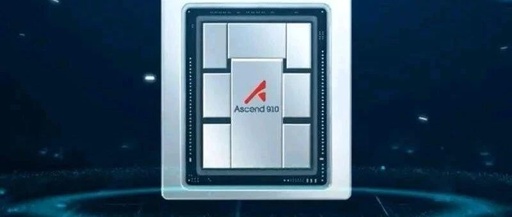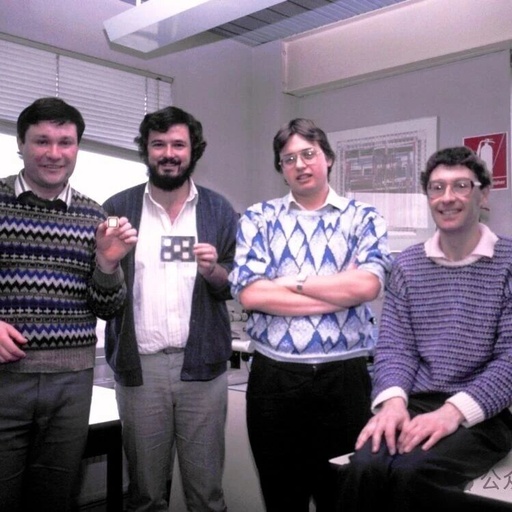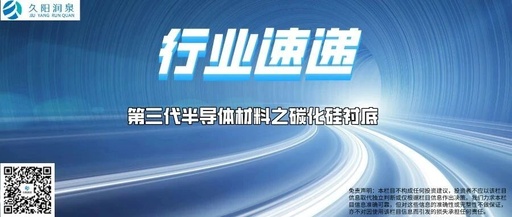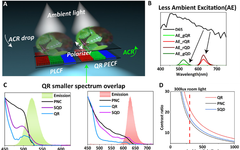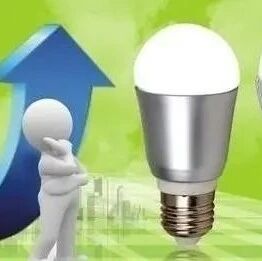Dazhe Optoelectronics Successfully Fabricates 1m×2m Perovskite Film!
On April 27, 2025, Dazhe Optoelectronics announced that its R&D team has successfully fabricated a1×2 m large-area perovskite film. Dazhe Optoelectronics has overcome the challenges of large-area perovskite film preparation through its self-developed vapor-assisted crystallization control technology, dynamic gradient film formation process, and cross-scale defect regulation technology, successfully producing high-quality films at the 1×2 meter … Read more


